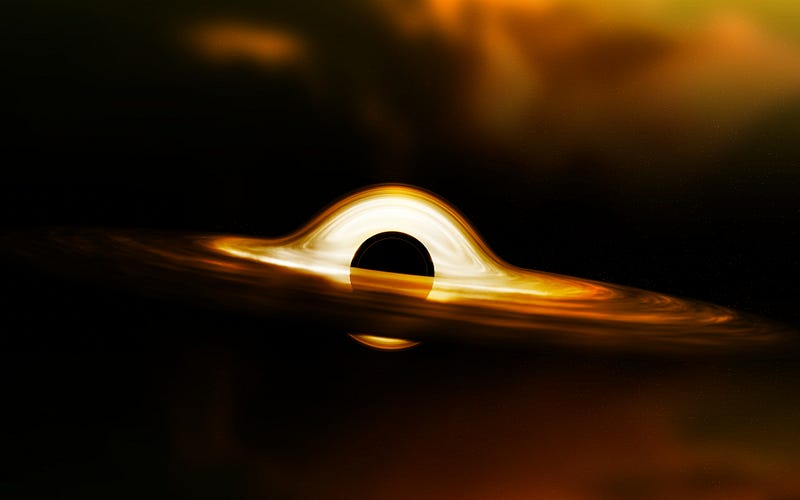Astronomers Unveil the Largest Cosmic Explosion Ever Recorded
Written on
Chapter 1: The Discovery of AT2021lwx
Recent findings from astronomers at the University of Southampton have revealed the occurrence of an unprecedented cosmic explosion, larger than anything previously documented, lasting an astonishing three years!
This monumental explosion, situated nearly 8 billion light years away, transpired when the universe was approximately 6 billion years old.
Initially detected in 2020 at the Zwicky Transient Facility in California, this event was overlooked, leaving its true magnitude unrecognized until recently. In this article, we will explore the details and significance of this remarkable phenomenon.
Section 1.1: The Nature of the Explosion
The explosion, designated AT2021lwx, is believed to have originated from a massive cloud of gas, estimated to be tens of thousands of times the mass of our sun. This gas cloud was seen spiraling off its orbit and being drawn into a black hole, traveling at extraordinary speeds and temperatures. Upon reaching the black hole, it erupted, forming a doughnut-shaped ring around the black hole while the remaining material was consumed.
Philip Wiseman, an astronomer at the University of Southampton, remarked, “We’ve estimated it’s a fireball 100 times the size of the solar system. Over three years, this event released roughly 100 times the energy that our sun will emit over its entire 10 billion-year lifespan.”
Subsection 1.1.1: The Accidental Discovery
While searching for a specific type of supernova, Wiseman and his team stumbled upon this extraordinary event. Their algorithm flagged it purely by chance, leading them to quickly realize that this was no ordinary supernova. Unlike typical supernovas that last only a few months, AT2021lwx persisted for years. Further investigation revealed it was a gas cloud being pulled into a supermassive black hole.

Section 1.2: Comparing Cosmic Events
Although AT2021lwx was not the brightest cosmic event ever observed—losing that title to GRB 221009A, a gamma-ray burst that occurred 2 billion light years away last October—it still represents a significant discovery. GRB 221009A released a powerful burst of radiation but lasted only a few minutes. Conversely, the extended duration of AT2021lwx allowed it to unleash more energy overall.
Chapter 2: Implications for Astronomy
AT2021lwx is anticipated to provide scientists with essential insights into the physics of such cosmic explosions. This discovery will enhance our comprehension of the evolution of galactic centers over time.
In this video titled "Scientists Saw The Largest Explosion in Space And Now There's a Problem | Scary Barbie," experts discuss the implications of this monumental explosion and its broader significance in cosmic studies.
The video "Astronomers Explain What Caused the Largest Cosmic Explosion Ever Seen - YouTube" provides an in-depth explanation of the scientific processes behind AT2021lwx and its impact on our understanding of the universe.